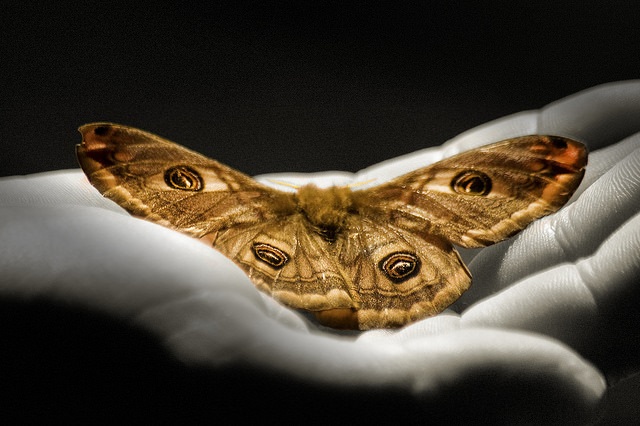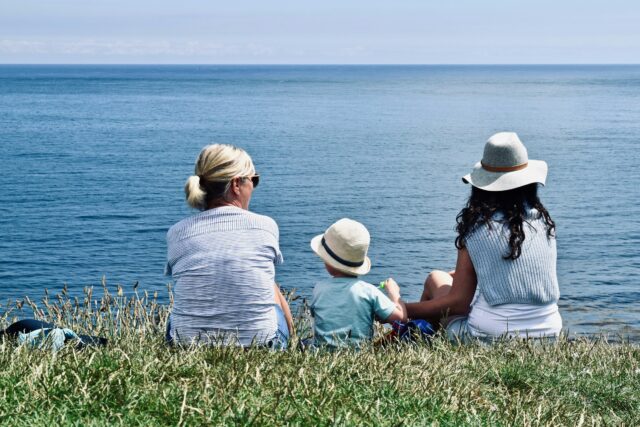Protecting Our LGBTQ+ Youth
By: Other | July 7, 2017

Written by Paul Paris, Ph.D.
Growing up is hard to do! For all of us, especially adolescents and young adults, exploring who we are, what we want in life, and our friendships and intimate relationships are especially important. It’s not always easy navigating our independence with what our parents and family members may expect or want for us. But, when we grow up as a gay, lesbian, bisexual, transgender, or sexual minority individual, another layer of difficulty exists in navigating what is already a challenging life phase for everyone, especially regarding personal safety.
Not only are LGBTQ+ (Lesbian, Gay, Bisexual, Transgender, Questioning/Queer, and More) youth more susceptible to bullying, isolation, and rejection from friends and family, but also about 30% of LGBTQs attempt suicide compared to 6% of heterosexual youth. Some may think that the large number of suicide attempts among LGBTQ+ youth is a direct result of them being LGBTQ+. It is not. Research has shown that being gay or transgender per se does not lead to suicide but rather the stress associated with societal discrimination leads to suicide. Being marginalized, invalidated and or violently attacked are contributing factors.
A direct correlation also exists between parental rejection of LGBTQ+ youth and increased risk for suicide. In fact, LGBTQ+ youth perceiving high parental rejection are 8 times more likely to attempt suicide compared to youth who do not perceive high parental rejection. In essence, being different does not cause suicidality. The harmful ways that others treat them for being different is what does.
So, what can family members or parents of sexual or gender minority youths do to enhance their safety and well-being? Following are tips and resources to keep in mind:
Look for the Warning Signs
Clues often exist in behaviors that indicate youths are at risk for self-harm or a suicide attempt. Behaviors to look for include substance abuse or increased usage, impulsive or risk-taking behavior, giving away belongings or items of importance, talking about suicidal thoughts, feeling trapped or burdened, depression, anxiety (panic attacks, for example), increased isolation or withdrawal from friends, families, or no longer participating in activities formerly enjoyed. It is imperative to seek professional help right away If you suspect your child is at risk for harming him or herself. The Trevor Project (http://www.thetrevorproject.org/, 1-866-488-7386) is a support lifeline for LGBTQ+ youth who struggle with suicidal thoughts, available 24/7 by phone, text, or online chat.
Open the Channels of Communication
It happens that parents may suspect their child is gay but show reluctance to talk with their child about it. Perhaps they think it is a “phase,” or the child is too young to talk about sexuality or gender identity. Perhaps they are afraid to have their suspicion confirmed, or just don’t know how to broach the subject. These reasons are understandable, but it is best to open up a dialogue with your child about their thoughts regarding intimate relationships or how they may identify. Often, youth may be uncertain or confused about their sexuality or gender identity. Keep in mind that if your child identifies as a sexual or gender minority, the likelihood that it is a “phase” is extremely low. At the same time, allow them the space to explore their own identity. Provide as much support as possible. Let them know that the door is open for you to talk with them about it, about themselves, or how they may be different than most of their peers.
Find Support for Your Child
Isolation can be one of the most common experiences or feelings that LGBTQ+ youth have. It is important that they feel connected to a community that understands them and what they may be going through. In San Diego, LGBTQ+ community centers can be a great resource for support groups and other services for youth and their families. The Center (http://www.thecentersd.org) is located in uptown San Diego and the North County LGBTQ Resource Center (http://www.ncresourcecenter.org/) is located in Oceanside. Individual or family therapy may also help, especially if the child has problems functioning socially or at school or work, or experiencing symptoms of depression or anxiety. Along with a lifeline for LGBTQ+ youth experiencing suicidal thoughts, the Trevor Project also has an excellent array of resources and educational materials for youth, allies, and family members at the Trevor Resource Center, including specific resources regarding religion and for family or friends: http://www.thetrevorproject.org/pages/support-center
Find Your Own Support
Parents of LGBTQ+ youth may feel isolated themselves, not understand what to do or where to turn. Parents have their own feelings of loss regarding the future they envisioned for their child. They worry about how their child will be treated in the world as an LGBTQ+ person. It is important to find support and education in your community about navigating the issues that arise as the parent of a sexual or gender minority child. Having your own therapy or family therapy with your child may help. There is also PFLAG (www.pflag.org, Parents, Families and Friends of Lesbians and Gays), providing support groups, education, and other activities helpful to parents and family members of sexual and gender minority youth.
In closing, this article is not meant to challenge anyone’s personal or religious beliefs regarding homosexuality or gender expression. Everyone has a right to their own views and beliefs. Everyone — including LGBTQ+ youth — has a right to be treated with dignity, respect, and tolerance. No one deserves to die because of who they are or how they identify.
I hope this article serves as a helpful resource to families who may be struggling with sexual or gender identity. I hope it highlights the pronounced risk of self-harm with our LGBTQ+ youth, so that all our young people may thrive and reach the full potential of their lives and futures.
Image: Riccado Cuppini on flickr and reproduced under Creative Commons 2.0



